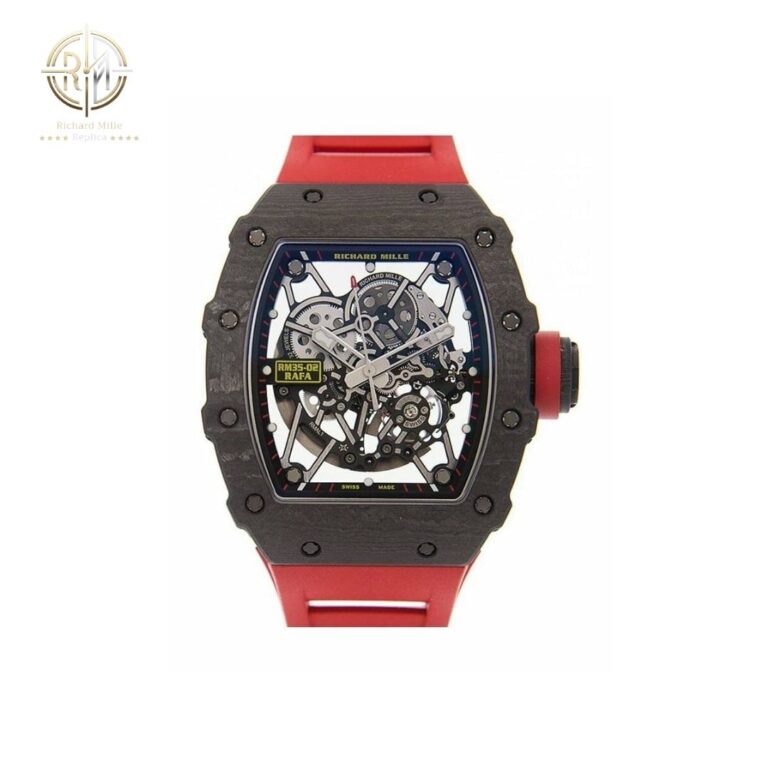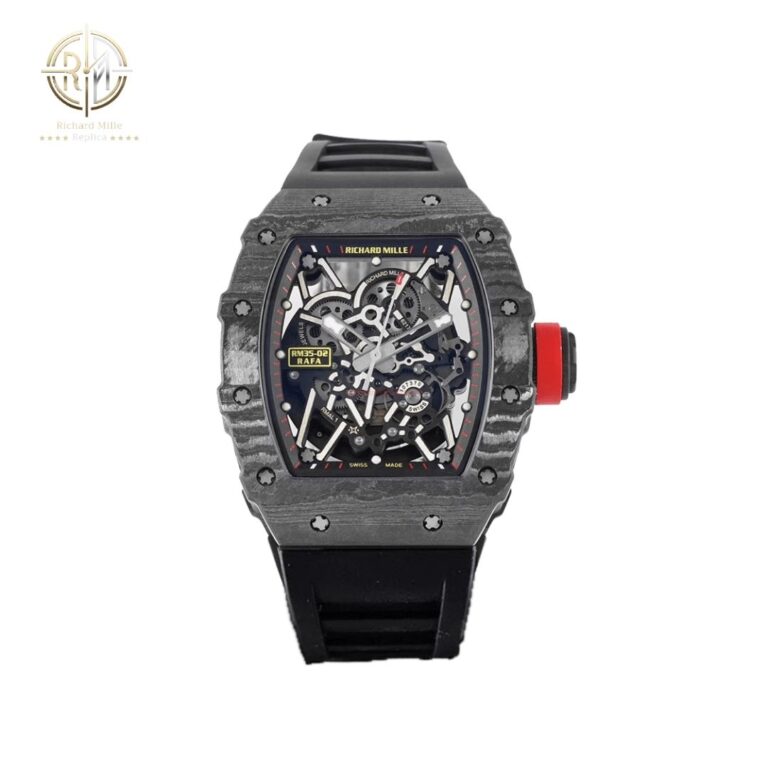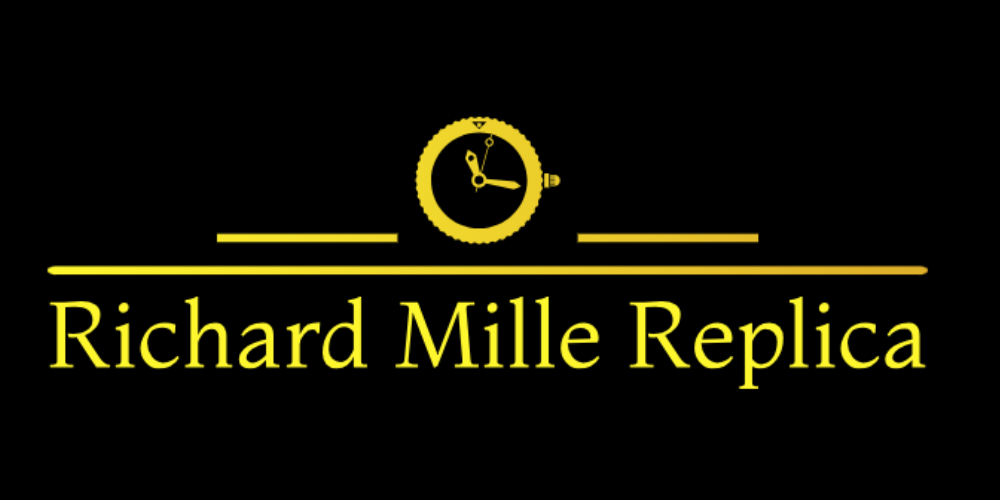RM-139EX codes are a set of alphanumeric codes that are commonly used in various industries, including telecommunications, electronics, and computer programming. These codes play a crucial role in identifying and categorizing different products, components, or software applications. In this blog post, we will delve into the world of RM-139EX codes, exploring their significance, structure, and practical applications. Whether you’re a professional in the field or simply curious about these codes, this comprehensive guide will provide you with all the information you need.
See More Richard Mille Replica Store
Table of Contents
- What are RM-139EX Codes?
- The Structure of RM-139EX Codes
- Benefits and Applications of RM-139EX Codes
- How to Decode RM-139EX Codes
- Common Misconceptions about RM-139EX Codes
- Best Practices for Using RM-139EX Codes
- The Future of RM-139EX Codes
- Conclusion
1. What are RM-139EX Codes?
RM-139EX codes are a specific type of code that follows a standardized format for identification purposes. These codes are typically used in industries such as telecommunications, electronics, and software development to uniquely identify and categorize products or components. RM-139EX codes can be found on devices, packaging labels, product manuals, and even in software documentation.
These codes serve as a universal language across different manufacturers and suppliers, ensuring efficient communication and traceability throughout the supply chain. With RM-139EX codes, businesses can easily track products, manage inventory, and streamline their operations.
2. The Structure of RM-139EX Codes
RM-139EX codes follow a specific structure to ensure consistency and clarity in their usage. The code is composed of a combination of letters and numbers, each serving a specific purpose. Let’s break down the structure of an RM-139EX code:
a) Prefix:
The prefix is the initial part of the code and provides information about the industry or category to which the product belongs. It helps in identifying the broad classification of the product. For example, ‘RM’ might represent the electronics industry.
See More Memorial Sign World Articles:
- A Detailed Guide to Richard Mille RM 35 Price and Value
- Unveiling the Extravagance. Richard Mille RM 50-04 Price and Beyond
b) Main Code:
The main code forms the core of the RM-139EX code and is unique to each product or component within a specific category. It provides specific details such as the manufacturer, model number, version, or variant of the product. This part of the code helps in identifying and distinguishing similar products from different manufacturers.
c) Suffix:
The suffix is an optional part of the code that provides additional information about the product or component. It could include details such as color variations, packaging size, or specific features that differentiate one variant from another.
It is important to note that the structure and length of RM-139EX codes may vary depending on industry standards or specific requirements set by manufacturers or regulatory bodies.
3. Benefits and Applications of RM-139EX Codes
RM-139EX codes offer several benefits and find numerous applications across various industries. Let’s explore some of the key advantages and practical uses of these codes:
a) Improved Traceability:
By using RM-139EX codes, businesses can easily track products throughout their lifecycle – from manufacturing to distribution and even after-sales service. This improved traceability helps in identifying potential issues, managing recalls, or providing better customer support.
b) Enhanced Inventory Management:
RM-139EX codes enable efficient inventory management by providing accurate data on stock levels, product variants, and shelf life. This helps businesses optimize their inventory levels, reduce waste, and avoid stockouts.
c) Simplified Procurement:
When businesses use RM-139EX codes, it becomes easier to identify and procure specific products or components. Suppliers can quickly match requested codes with their inventory, streamlining the procurement process and reducing errors.
d) Regulatory Compliance:
In industries with strict regulations such as healthcare or aerospace, RM-139EX codes play a crucial role in ensuring compliance. These codes help in tracking components or devices that require specific certifications or meet certain safety standards.
e) Supply Chain Efficiency:
With standardized RM-139EX codes, supply chain partners can communicate seamlessly, reducing errors and delays. These codes facilitate accurate order processing, shipment tracking, and efficient collaboration among different stakeholders.
4. How to Decode RM-139EX Codes
Decoding an RM-139EX code requires a basic understanding of its structure and components. By analyzing each part of the code, you can extract valuable information about the product or component. Here’s how you can decode an RM-139EX code:
- Identify the prefix. Determine which industry or category the code belongs to by referring to predefined prefixes.
- Analyze the main code. Extract information such as manufacturer details, model number, version, or variant from the main code.
- Check for suffix. If present, interpret any additional information provided by the suffix.
- Consult industry databases. Cross-reference the decoded information with industry-specific databases or manufacturer records to gather more detailed specifications about the product.
Note that not all information may be directly accessible through public databases, especially for proprietary products or components.
5. Common Misconceptions about RM-139EX Codes
Despite their widespread usage, there are some common misconceptions associated with RM-139EX codes. Let’s address a few of them:
a) Universal Coding System:
Contrary to popular belief, RM-139EX codes are not universally applicable across all industries or regions. Different industries may have their own coding systems or variations of existing standards to suit their specific requirements.
b) Instantaneous Decoding:
While decoding simple RM-139EX codes may be relatively straightforward, complex or proprietary codes may require additional resources or access to restricted databases for complete decoding.
c) Direct Product Information:
RM-139EX codes provide identification and categorization but do not directly provide detailed product information such as specifications or technical data. Additional resources or references are often needed to obtain comprehensive product details.
It’s important to approach RM-139EX codes with an understanding of their limitations and consult appropriate resources for accurate information.
6. Best Practices for Using RM-139EX Codes
To effectively utilize RM-139EX codes in your business operations, consider implementing these best practices:
a) Standardize Internal Processes:
Establish consistent procedures for assigning and using RM-139EX codes within your organization. This ensures that everyone understands their significance and follows proper protocols.
b) Keep Documentation Updated:
Maintain an up-to-date database or document repository containing relevant information about each RM-139EX code used in your company. This helps in quickly accessing product details when needed.
c) Ensure Cross-functional Collaboration:
Promote collaboration between departments involved in product development, procurement, inventory management, and customer support to leverage the full potential of RM-139EX codes in your business processes.
d) Regularly Review Industry Standards:
Stay updated with industry standards and any changes

